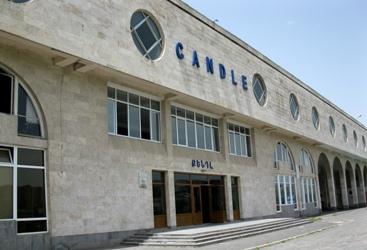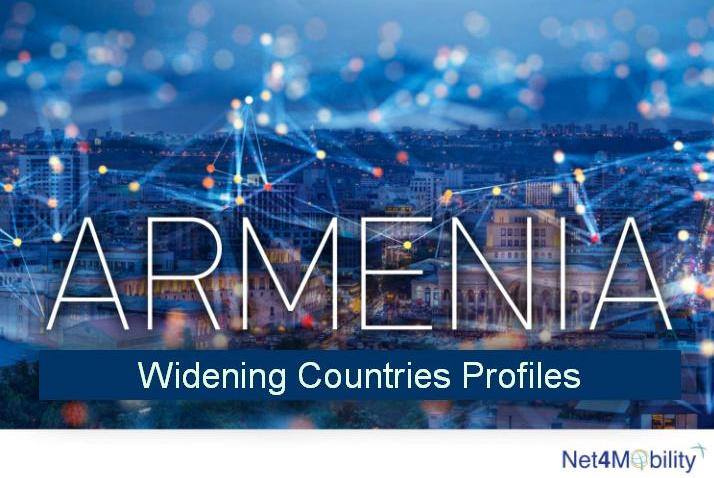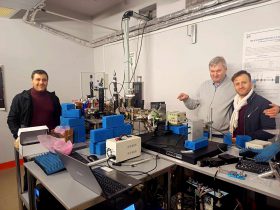December 30, 2016
The project “Development of Advanced Laser Technologies for Ultrafast Sciences on AREAL Facility” submitted to the Russian-Armenian joint program, launched by the Foundation for Innovation Promotion (known as the Bortnik Foundation, Russia) and State Committee of Science MES (Armenia), has been approved. The project has been submitted by CANDLE SRI (Armenia) and “AVESTA” Ltd (Troitsk, Russia). “AVESTA” Ltd is a leading Russian company in the fields of advanced ultrafast laser systems, diagnostics and spectroscopy (http://www.avesta.ru).
The development of advanced ultrafast coherent light sources and instrumentation is very essential for basic and applied research of the dynamic processes on atomic and molecular levels.
AREAL, a 20-50 MeV energy linear electron accelerator project, based on laser driven RF photogun, generates ultrashort low emittance electron beams for new acceleration methods, advanced coherent light sources and research in life and materials sciences. The first phase of the project, a laser driven 5 MeV electron RF gun and DELTA experimental laboratory with laser microscopy and micro-fabrication stations, has successfully been launched in 2015.
The aim of this project is the research and development of advanced laser technologies for ultrafast sciences. The main targets of the project are:
- The study of Self-Amplified Spontaneous Emission (SASE) free electron laser at AREAL facility in middle infrared and terahertz wavelength range with synchronization and control systems (CANDLE SRI).
- Development of advanced laser test stand with femtosecond time resolution in the near infrared and terahertz spectral ranges for ultrafast sciences, synchronized with AREAL facility (AVESTA Ltd).
The results of the project will promote the development of AREAL SASE FEL concept, the creation of new techniques and tools for generation and control of ultrafast electron and photon beams, the advancement of applied research using multiphoton microscopy, terahertz radiation, “pump-probe” experiments, etc.
Photos: Prof. Ivan M. Bortnik’s visit to CANDLE SRI, July 2016.












